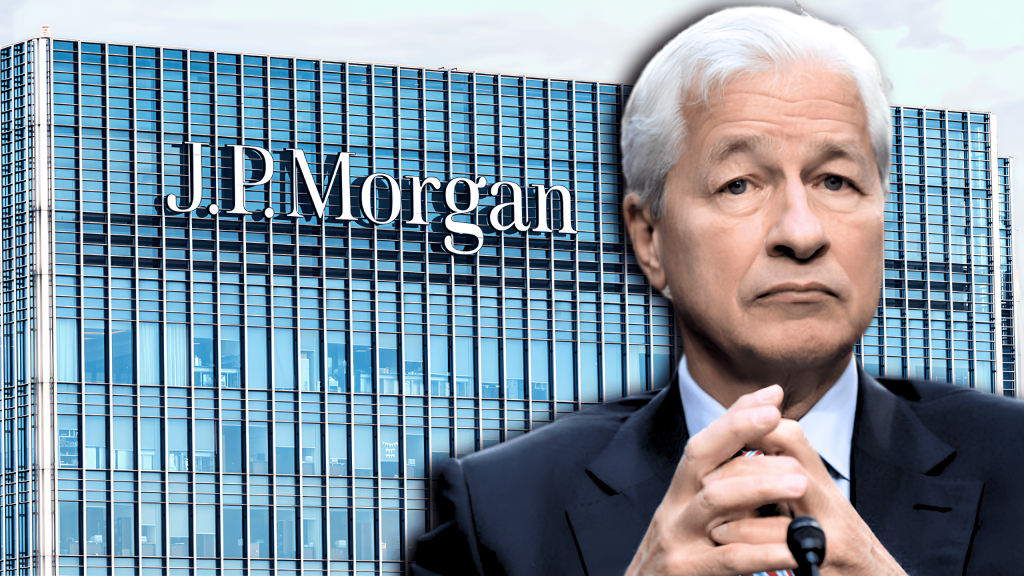
JPMorgan Chase is today one of the world’s largest banks, with a strong presence in the global market. Its creation was the result of a series of strategic mergers and acquisitions, consolidating it as a financial powerhouse. In this article, we’ll explore the history behind the merger between Chase Manhattan Corporation and J.P. Morgan & Co., which resulted in the formation of JPMorgan Chase. In addition, we’ll see how this merger transformed the bank into a global leader, influencing markets and shaping the world’s financial system.
Historical Roots of JPMorgan Chase
To understand the merger that gave rise to JPMorgan Chase, we need to go back to the 19th century, when the two institutions that would form the bank began to gain prominence.
J.P. Morgan & Co.: Founded by John Pierpont Morgan, J.P. Morgan & Co. quickly became one of the most powerful investment banks in the United States. Its influence was such that it financed major corporations and infrastructure projects, contributing to the country’s economic development. Morgan’s reputation as a financier of major ventures consolidated the institution as a dominant force in the banking sector.
Chase National Bank: Also founded in the 19th century in New York, Chase National Bank focused on serving a broad customer base with traditional banking services. Its vast branch network allowed the bank to gain popularity and recognition, especially among corporate and high net worth clients.
The Great Consolidation
The 20th century was marked by significant transformations in the banking sector, especially with the trend towards mergers and acquisitions. The 1990s, in particular, was a period of great consolidation in the United States, where banks sought to increase their competitiveness in the global market.
In 2000, Chase Manhattan Corporation and J.P. Morgan & Co. merged, creating what we know today as JPMorgan Chase. This merger was driven by three main factors:
Economies of scale: The merger allowed the two institutions to reduce their operating costs by integrating their operations and increasing process efficiency.
Business diversification: By merging the two companies, the new bank was able to expand its portfolio of products and services, offering everything from investments to traditional banking services. This attracted a wider customer base, diversifying its revenue.
Increased market power: The new entity became one of the largest banks in the world, with an expanded ability to compete in global markets. This allowed JPMorgan Chase to face its international competitors more strongly and expand its global presence.
Strategic Acquisitions and Growth
After the merger, JPMorgan Chase hasn’t stopped growing. One of the most notable acquisitions took place in 2008, during the global financial crisis, when the bank acquired Bear Stearns, one of Wall Street’s leading brokerage firms. This acquisition was crucial in expanding JPMorgan Chase’s capital markets operations and strengthening its position during a period of great financial instability.
Other important acquisitions over the years, such as the purchase of Washington Mutual in 2008, have helped the bank consolidate its leadership in the financial services market and broaden its product offering to a diverse client base.
Impact of the Merger on the Global Financial System
The merger that created JPMorgan Chase not only transformed the bank, but also had a significant impact on the global financial system. With a presence on virtually every continent, JPMorgan Chase plays a crucial role in international finance.
Its influence extends to economic decisions in many countries, as investors, governments and corporations rely on the bank to finance large-scale projects and provide insights into market trends. JPMorgan Chase also acts as a pillar of stability during periods of crisis, as seen in 2008, when it helped stabilize the markets during the financial collapse.
Challenges and Controversies
Despite its success, JPMorgan Chase faces challenges and controversies, mainly due to its size and influence. Regulation is a constant theme, with government authorities imposing stricter rules on large financial institutions. In addition, the bank has been involved in cases of fraud and risky operations, such as the billion-dollar loss on derivatives operations in 2012.
These challenges show that, despite its strength, JPMorgan Chase needs to continue improving its governance and risk management practices to maintain its prominent position in the global market.
Conclusion
The merger between Chase Manhattan and J.P. Morgan & Co. was a transformative event in the history of the banking sector, resulting in the creation of JPMorgan Chase, one of the largest and most influential banks in the world. Throughout its history, the institution has continued to grow and adapt to market changes, becoming a global benchmark in financial services.
With a strong international presence and a diversified portfolio, JPMorgan Chase will continue to play a crucial role in the global economy, while facing regulatory challenges and governance issues. For investors, economists and the general public, the bank remains an institution of great relevance, shaping the future of global finance.
